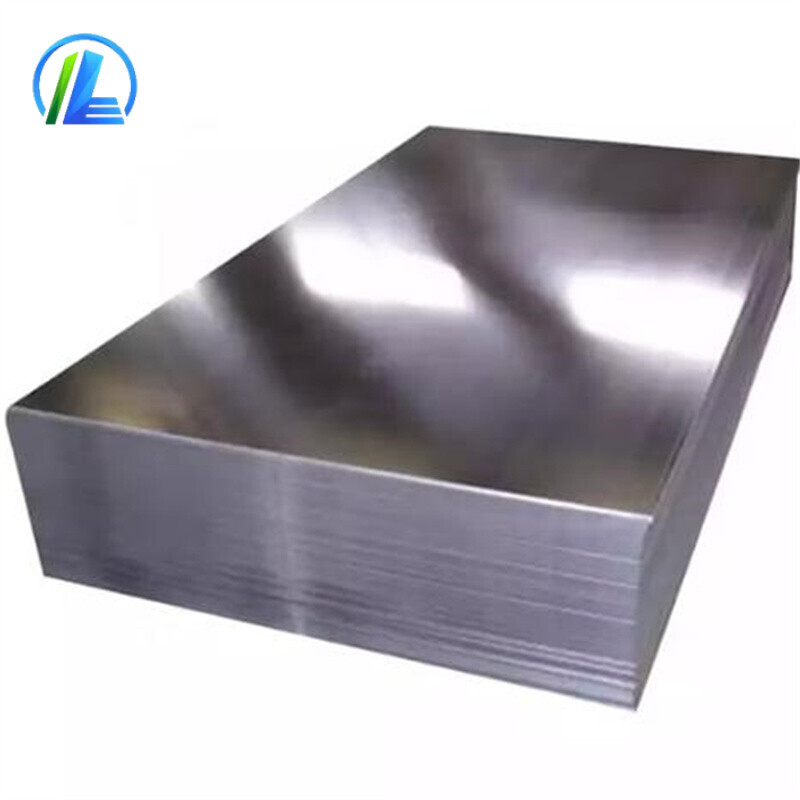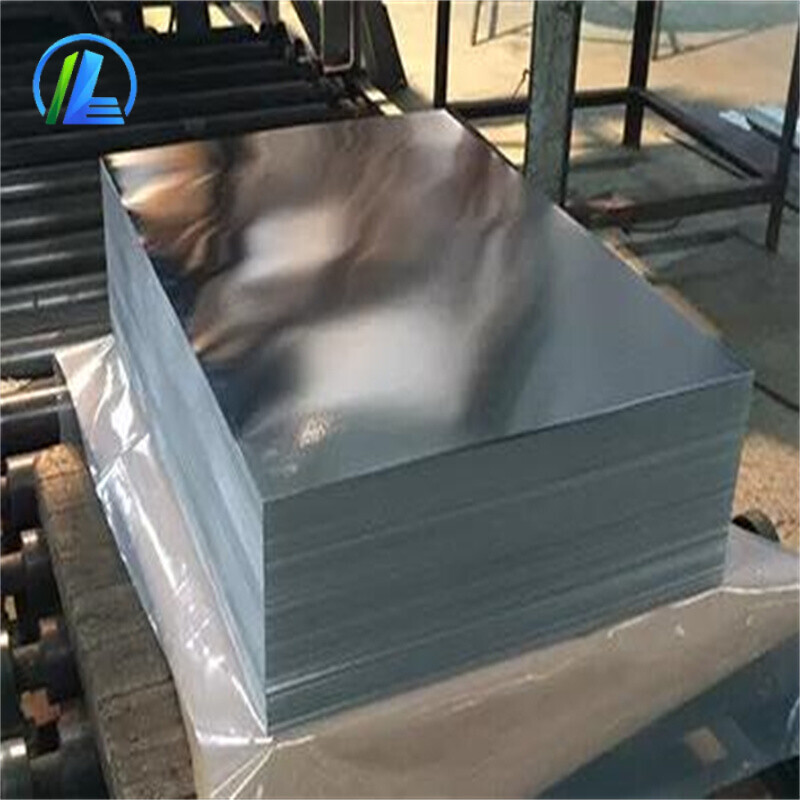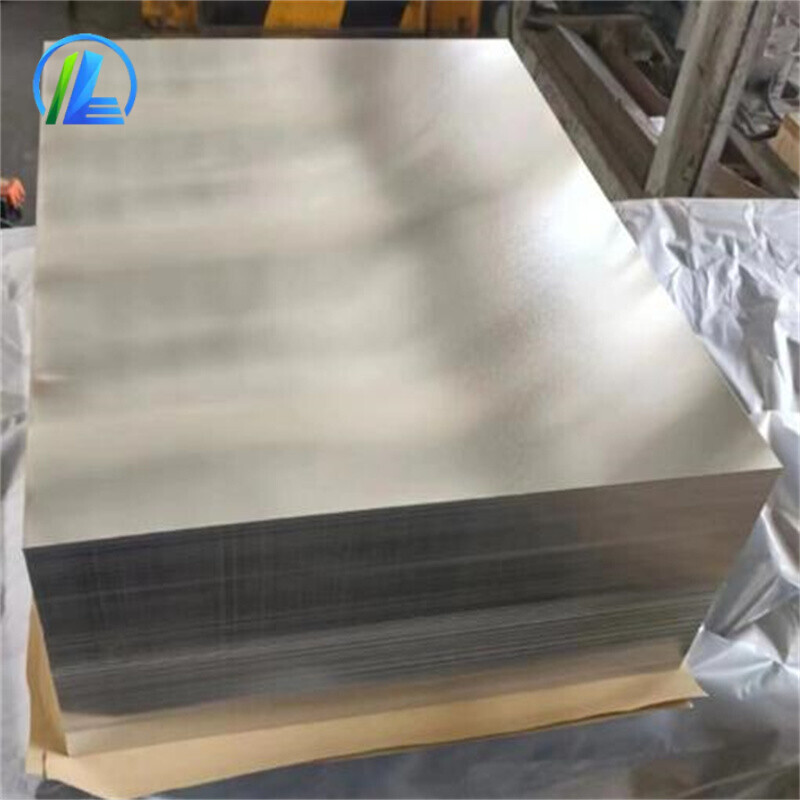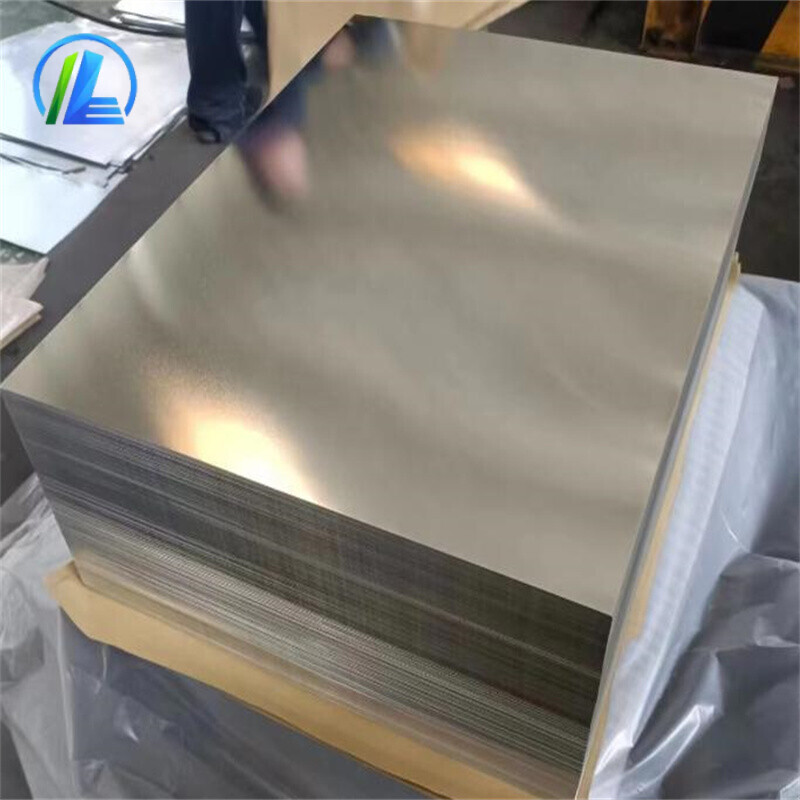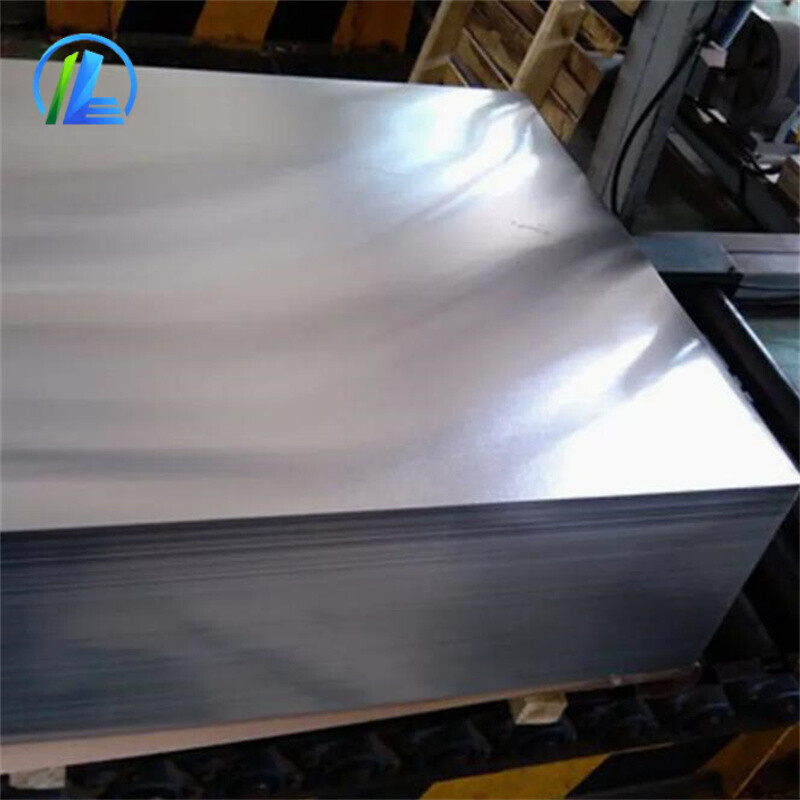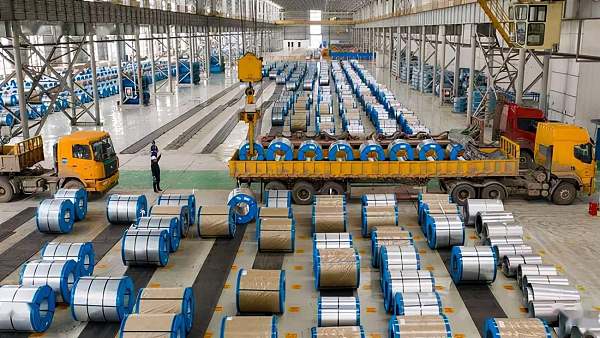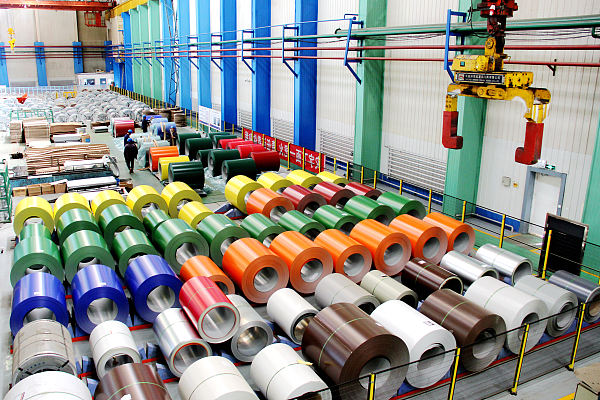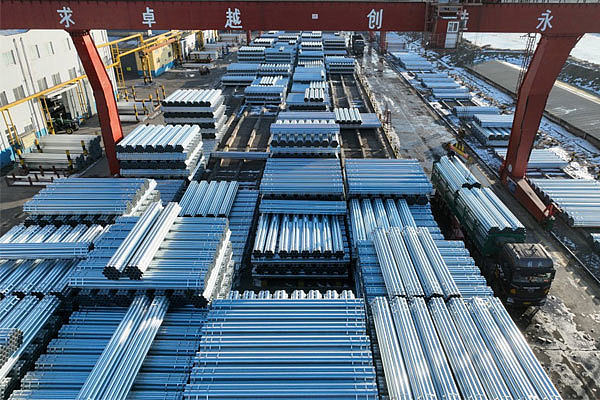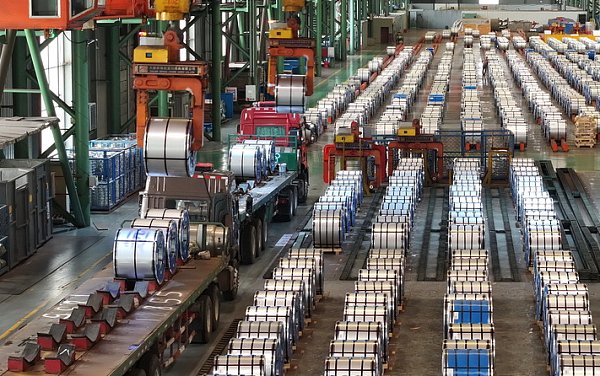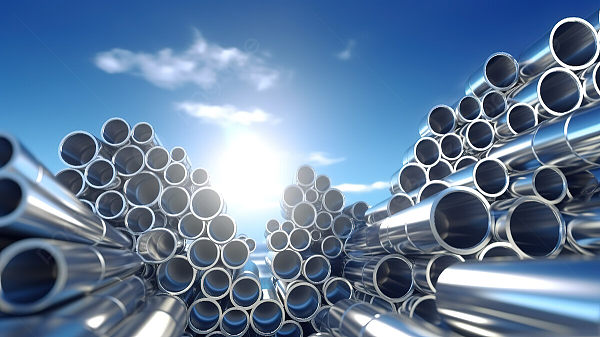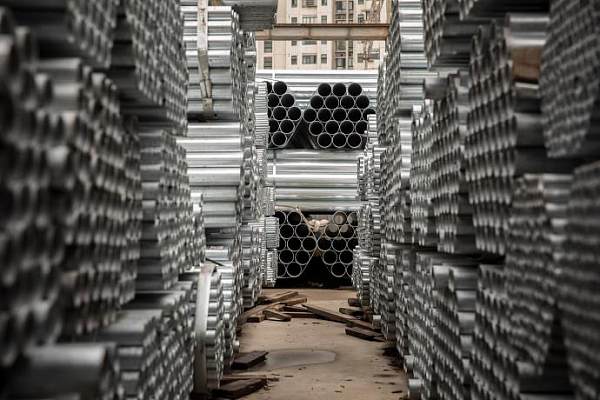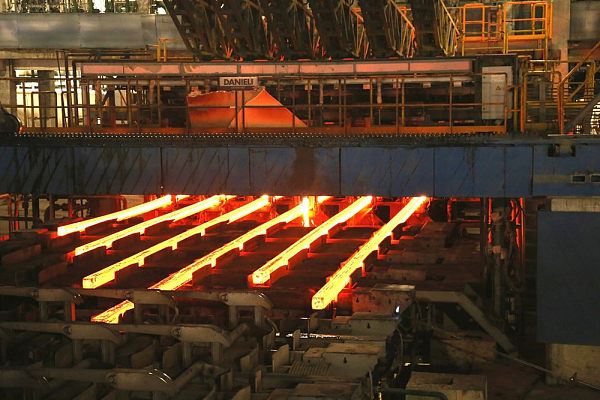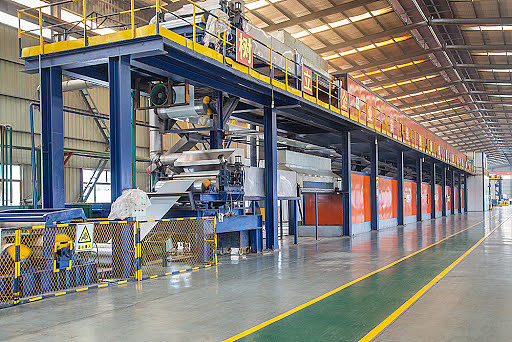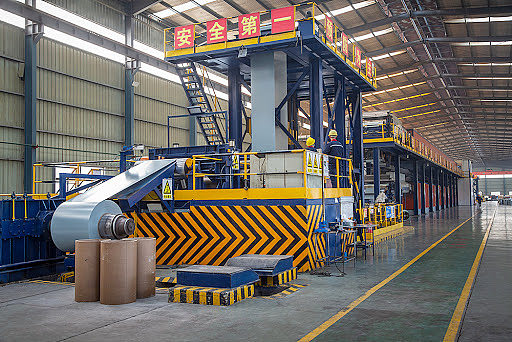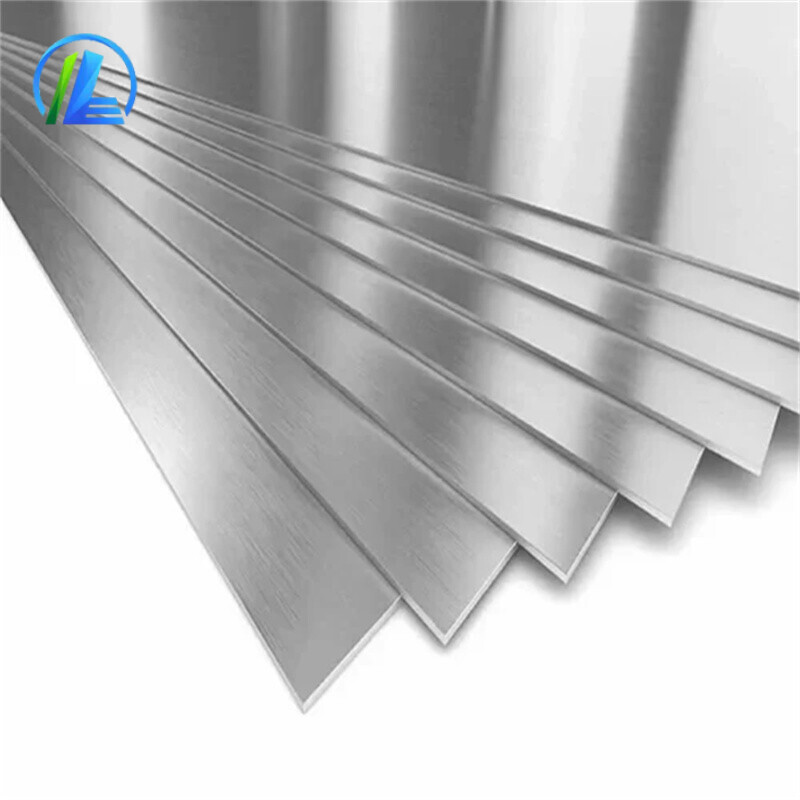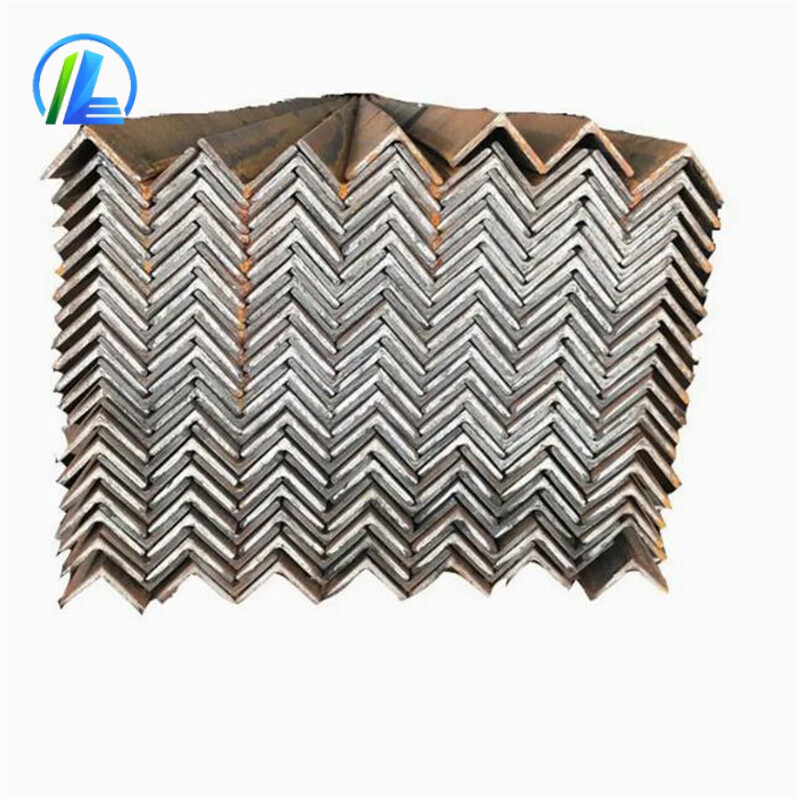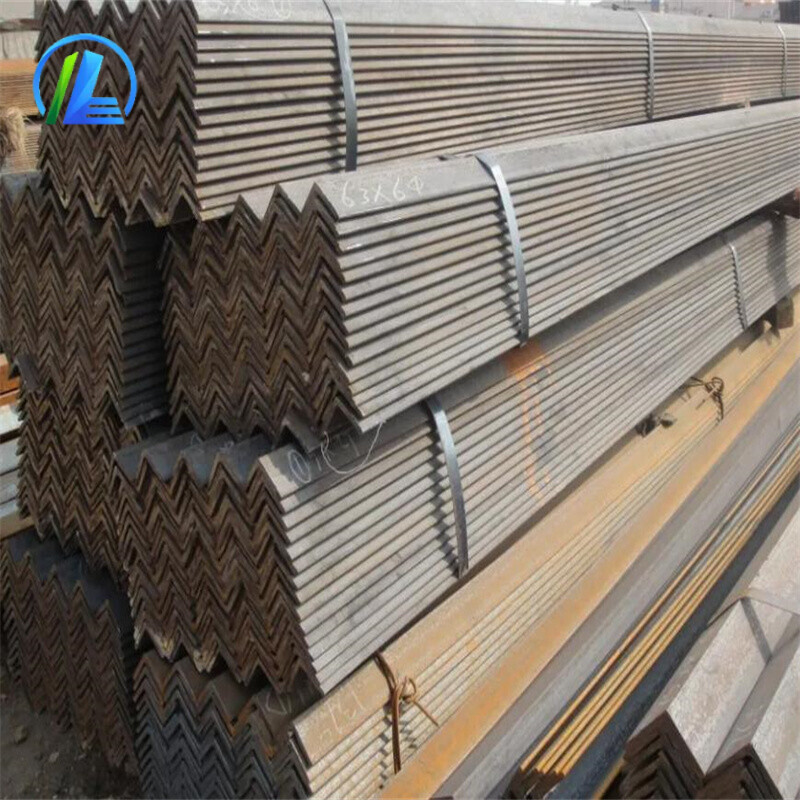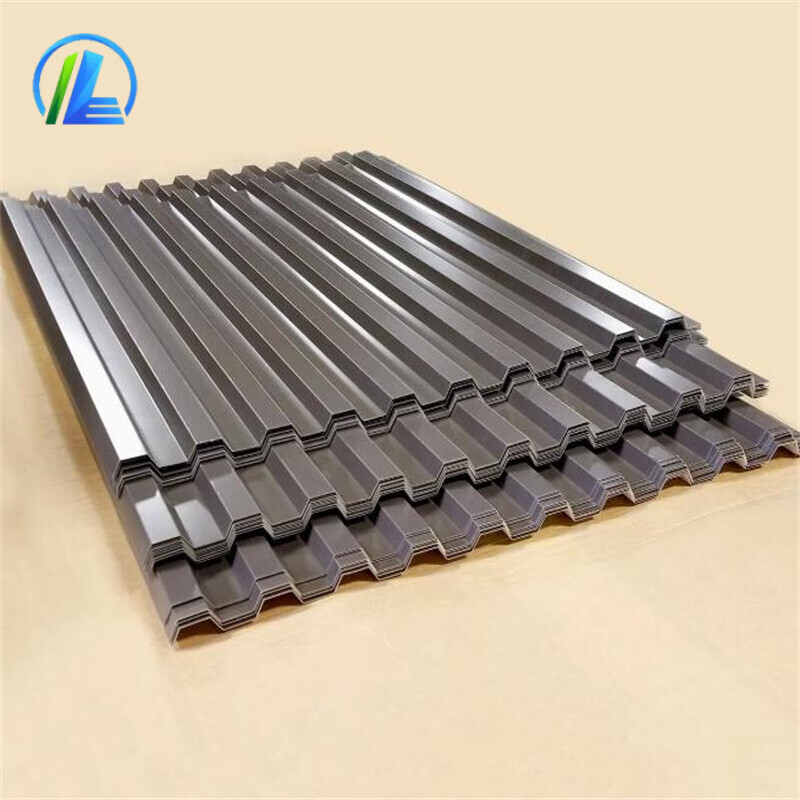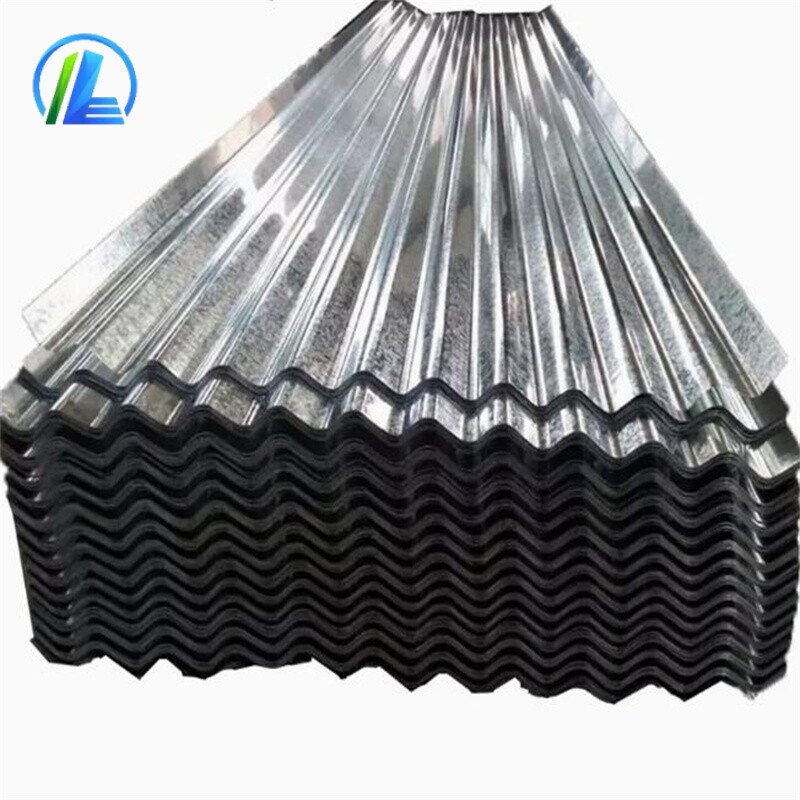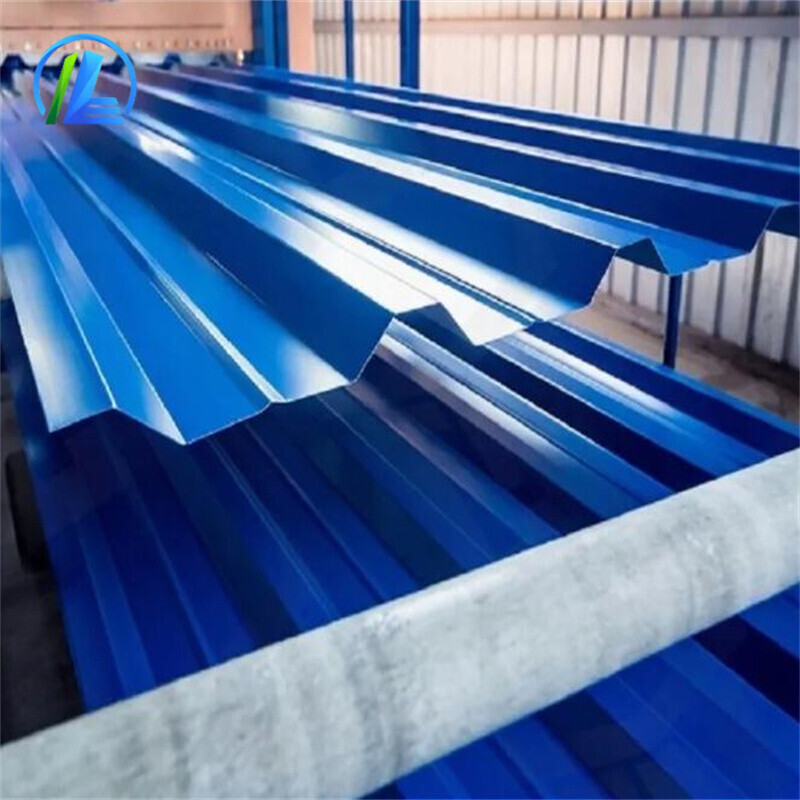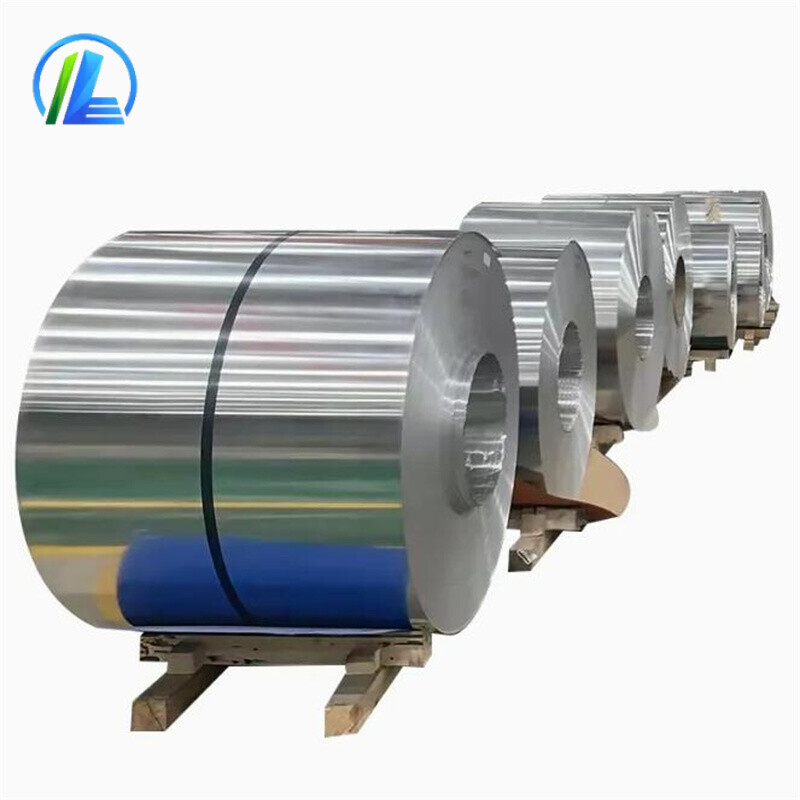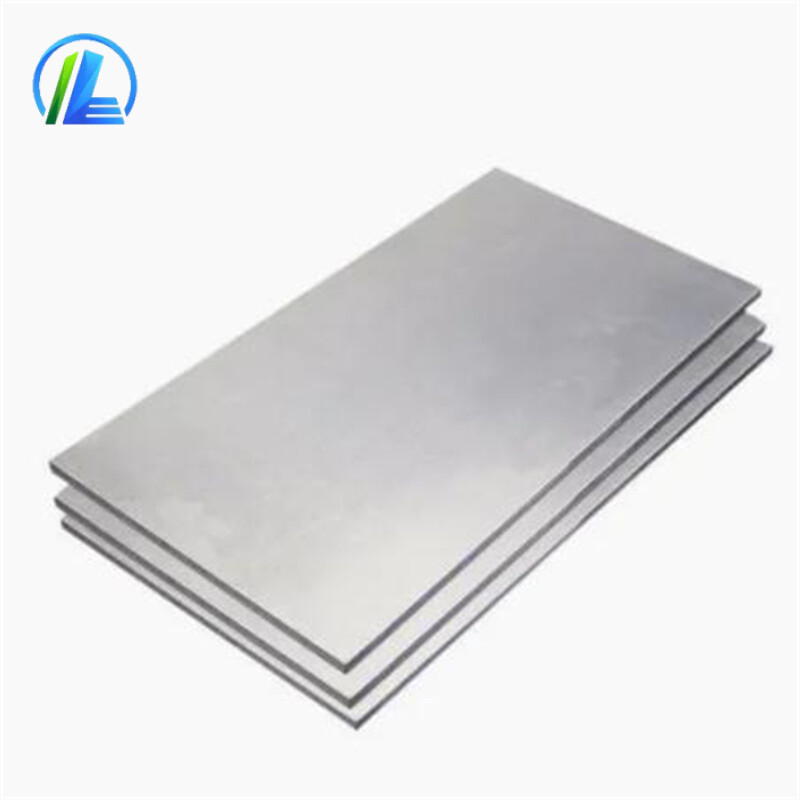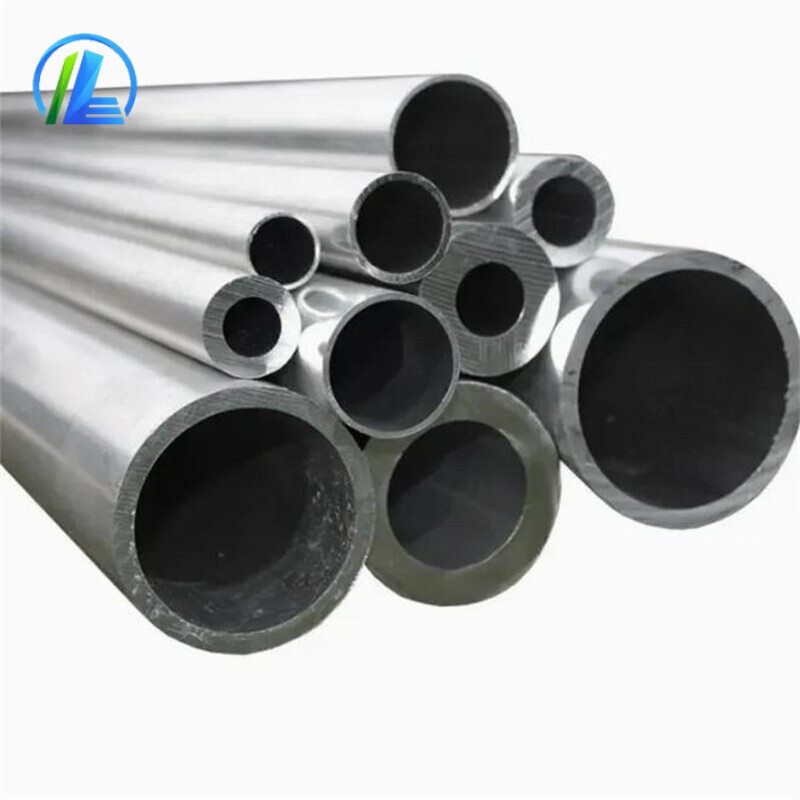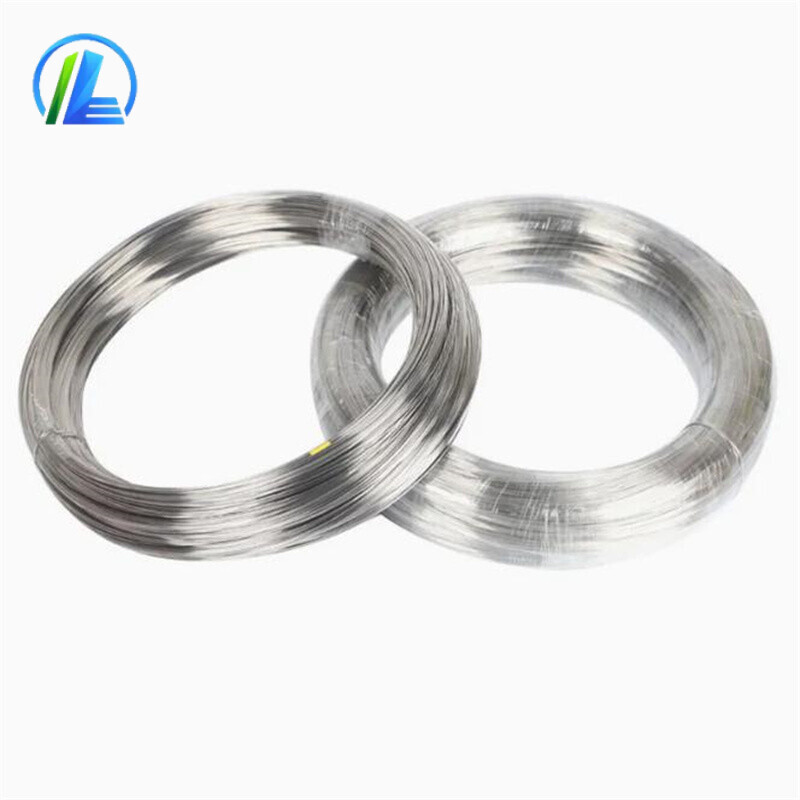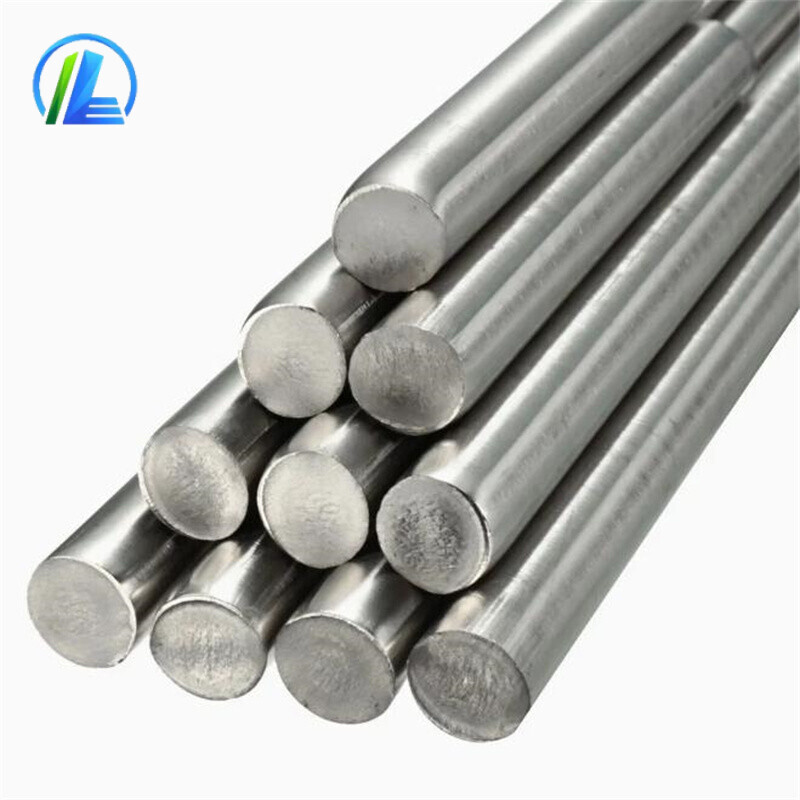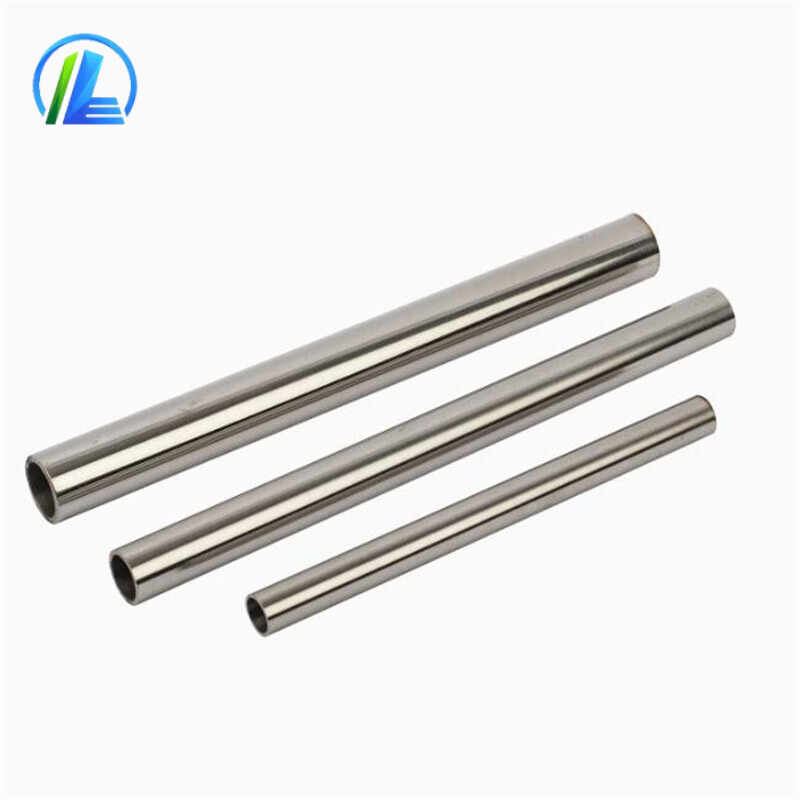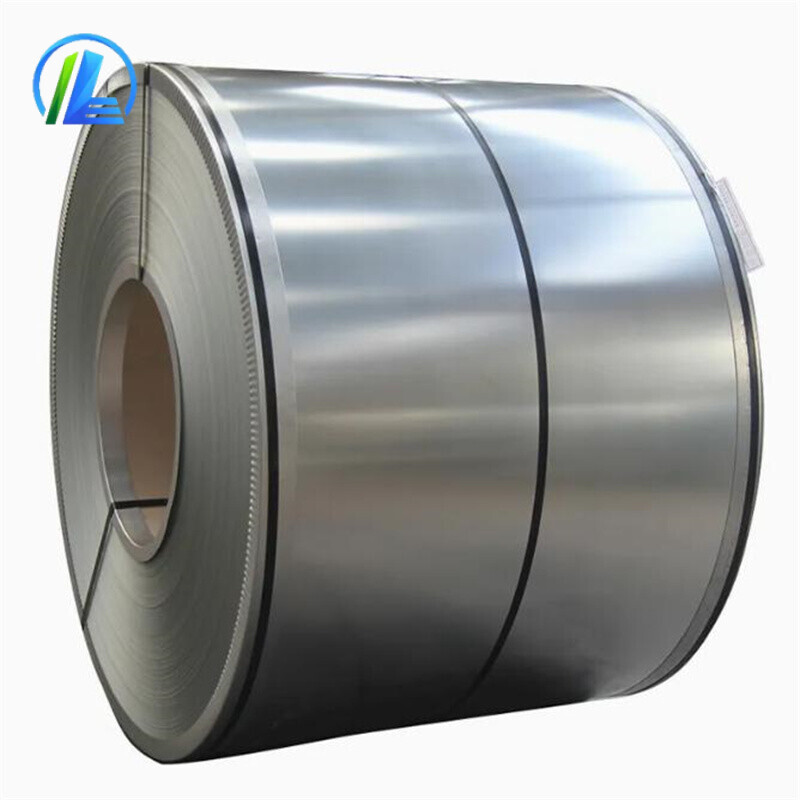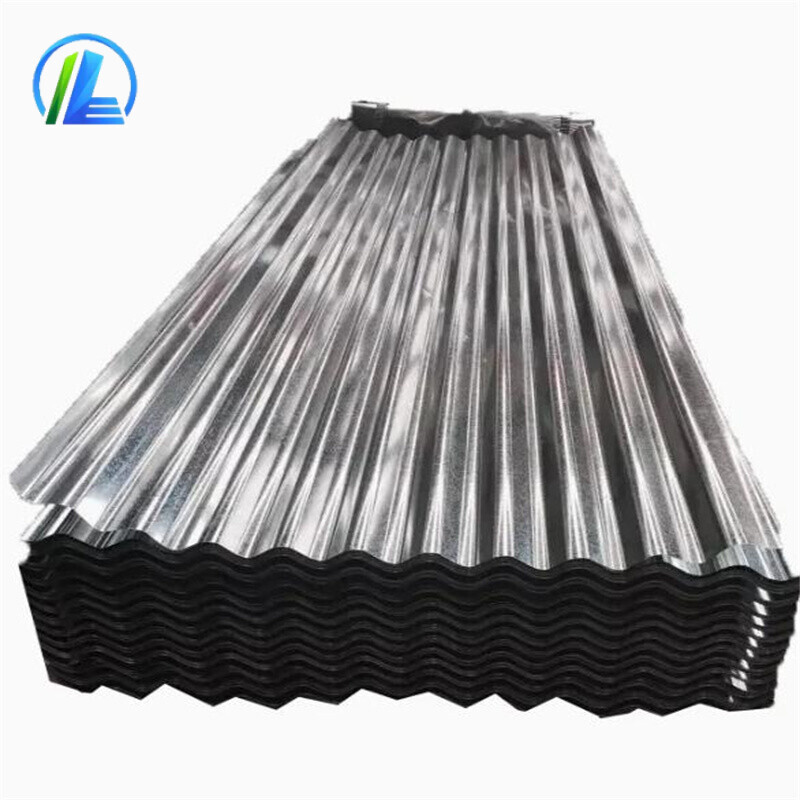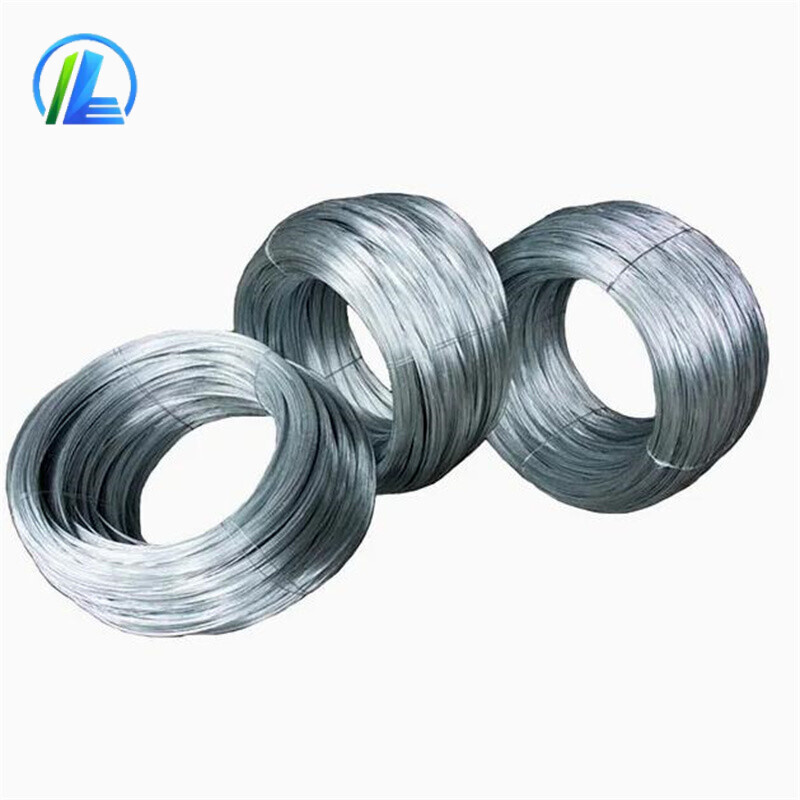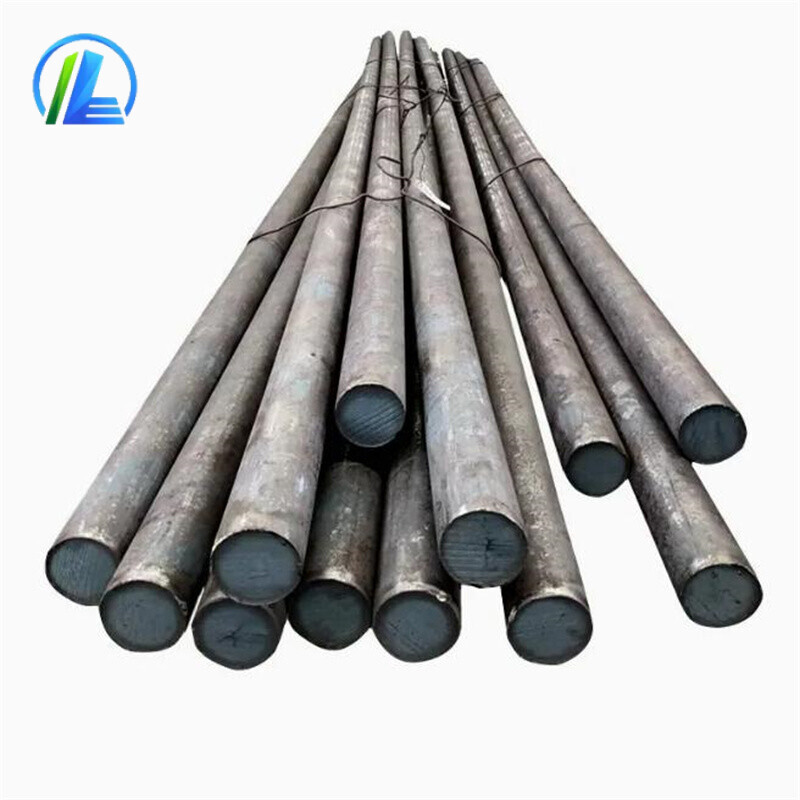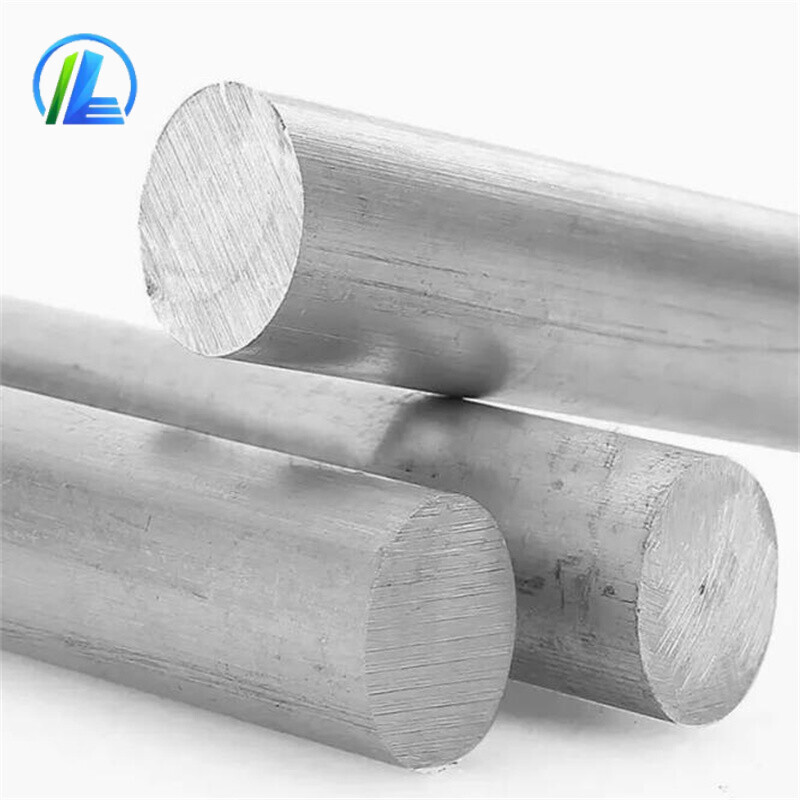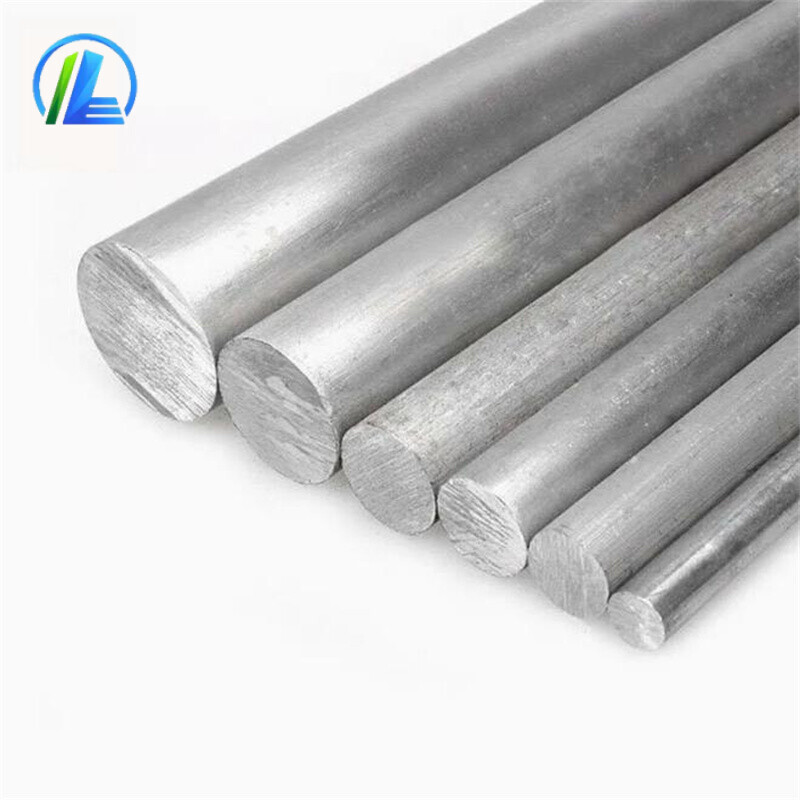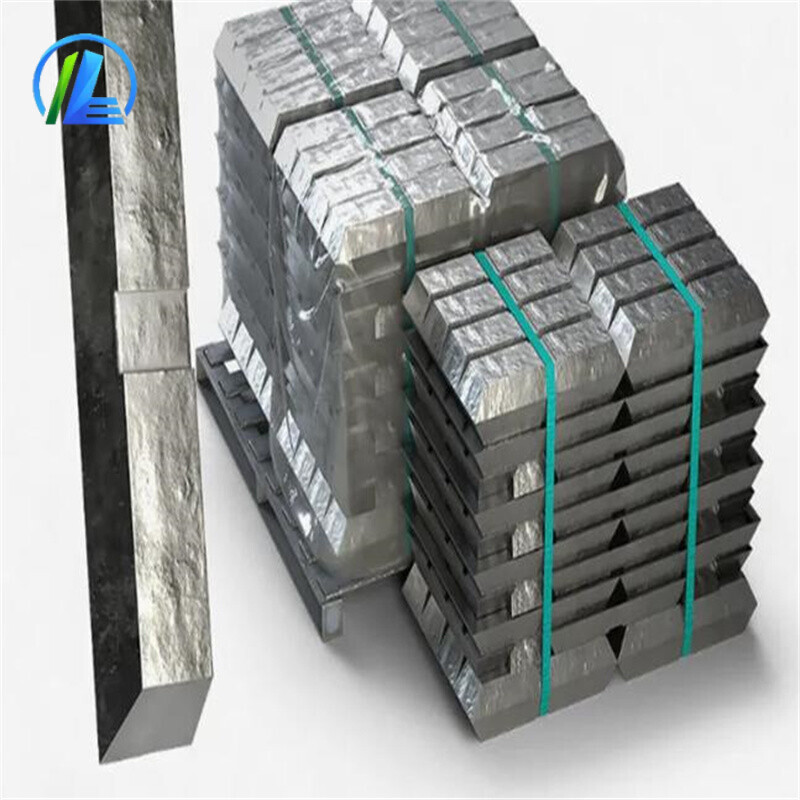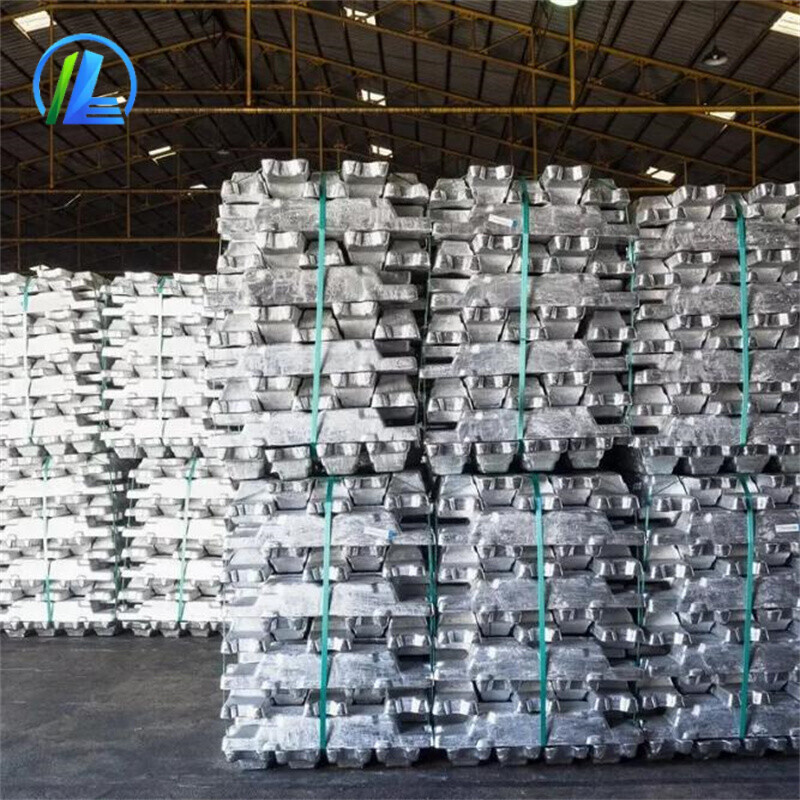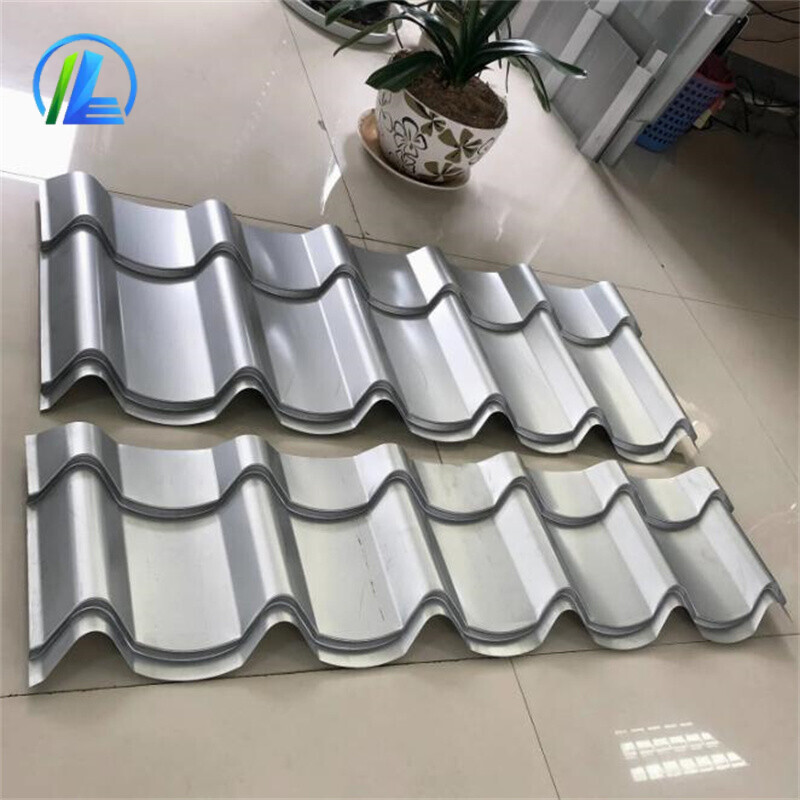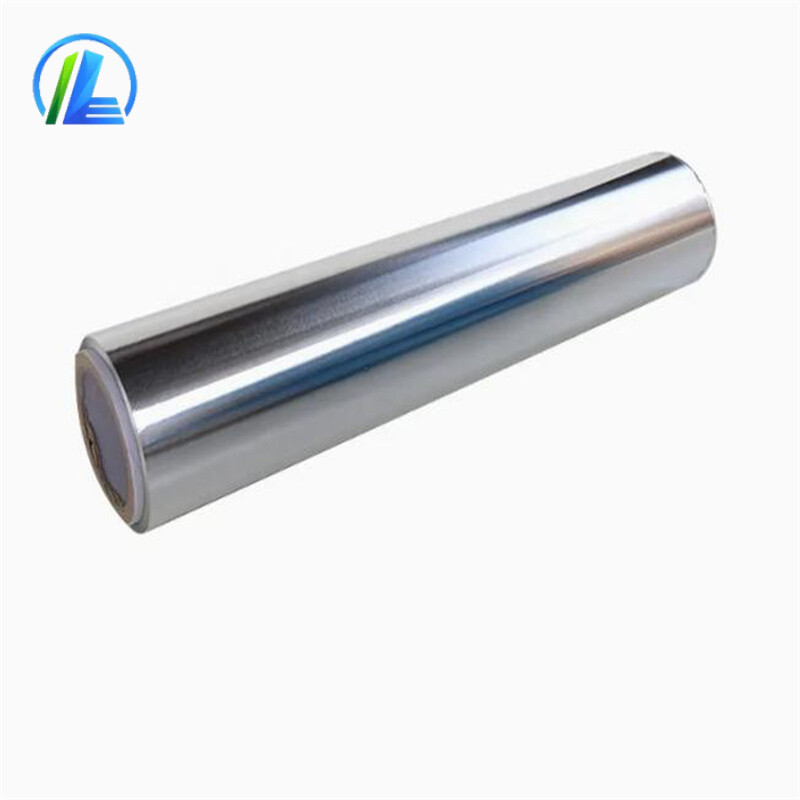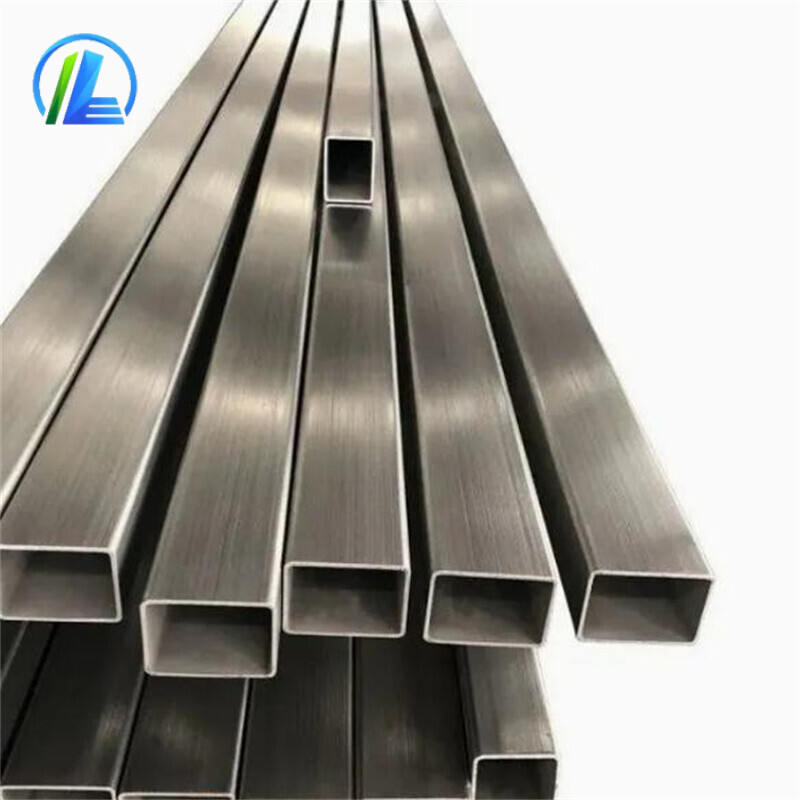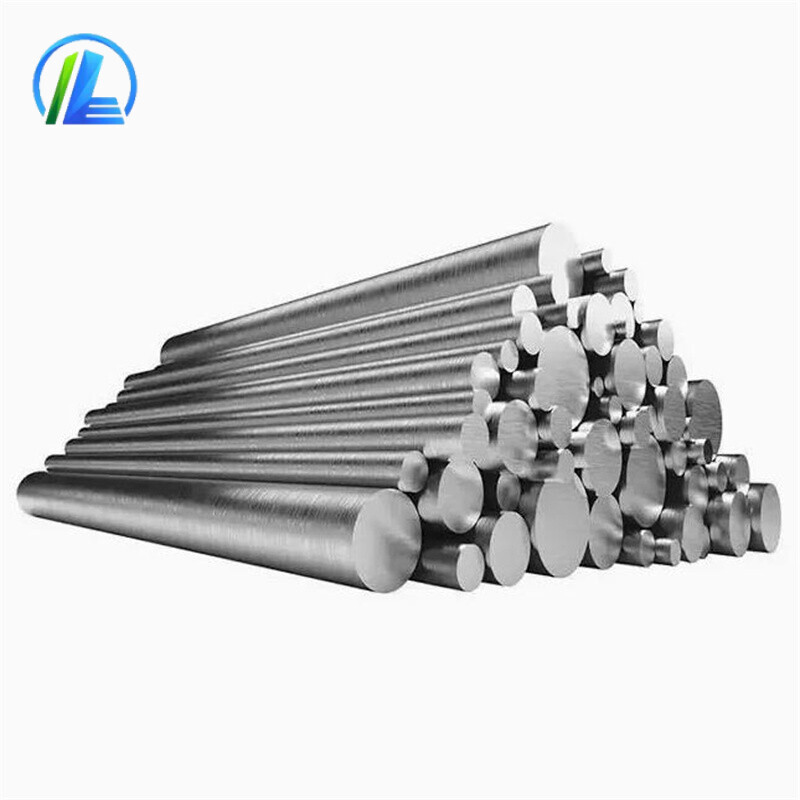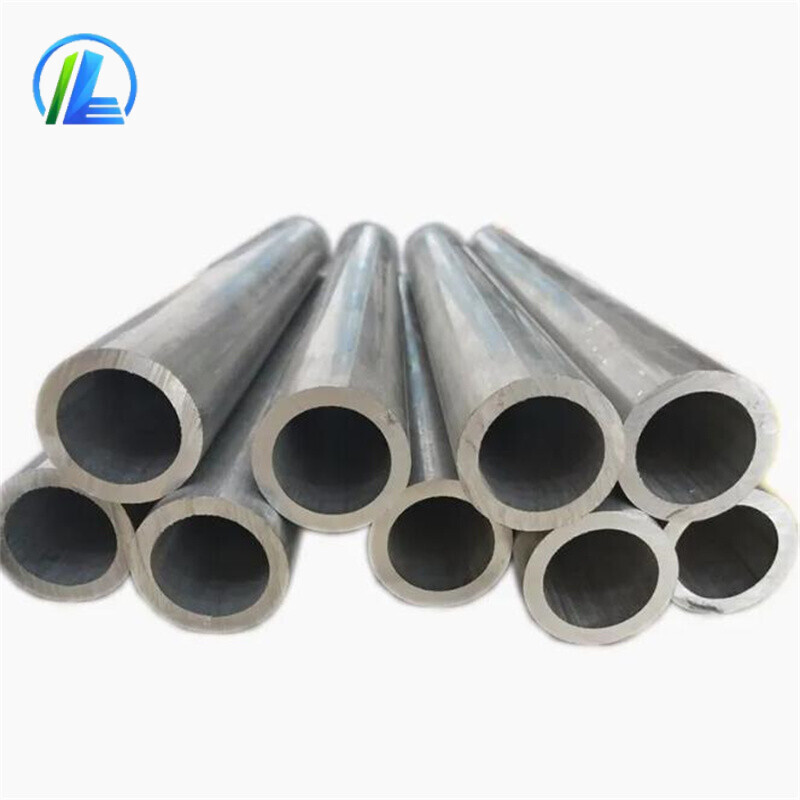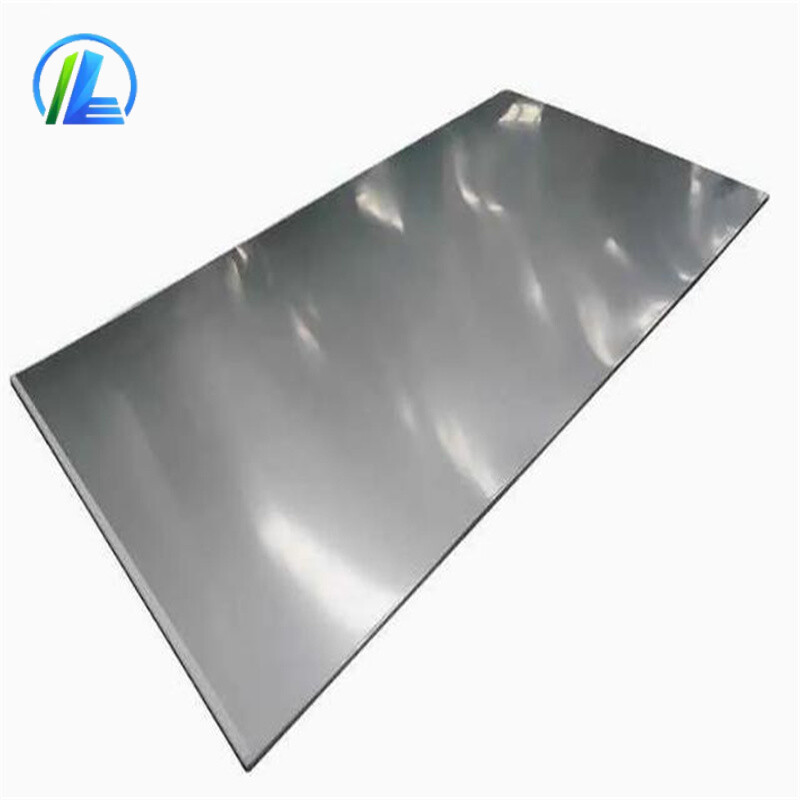Tinplate
The advantages of tinplate steel plate are its corrosion resistance, formability, sealing, light resistance, robustness and decoration, as well as environmental protection. These advantages make tinplate plate in food, medicine, daily necessities and other fields have been widely used.
WhatsApp:+8615306358036
WhatsApp:+8613969530344
Email:admin@leyiyuanmetals.com
Contact Us
Product Description
Product Show
Packaging And Transport
Factory Show
FAQ
Tinplate (also known as tinplate) refers to a cold-rolled thin steel plate coated with an extremely thin layer of metallic tin on both sides, which combines the hardness and strength of steel with the easy weldability, corrosion resistance and bright appearance of tin. The tin plate has the advantages of tasteless, non-toxic, light weight, easy processing and forming. Printing different patterns can also beautify products, so it has been widely used in the food canning industry, electronic devices, chemical paint and other industries. In the process of tin plate production, after tinning, the tin plate should be passivated in order to prevent the tin layer from oxidizing and yellowing when the tin plate is stored or the coating is baked, and to improve the performance of the tin plate such as sulfur resistance.
Surface States

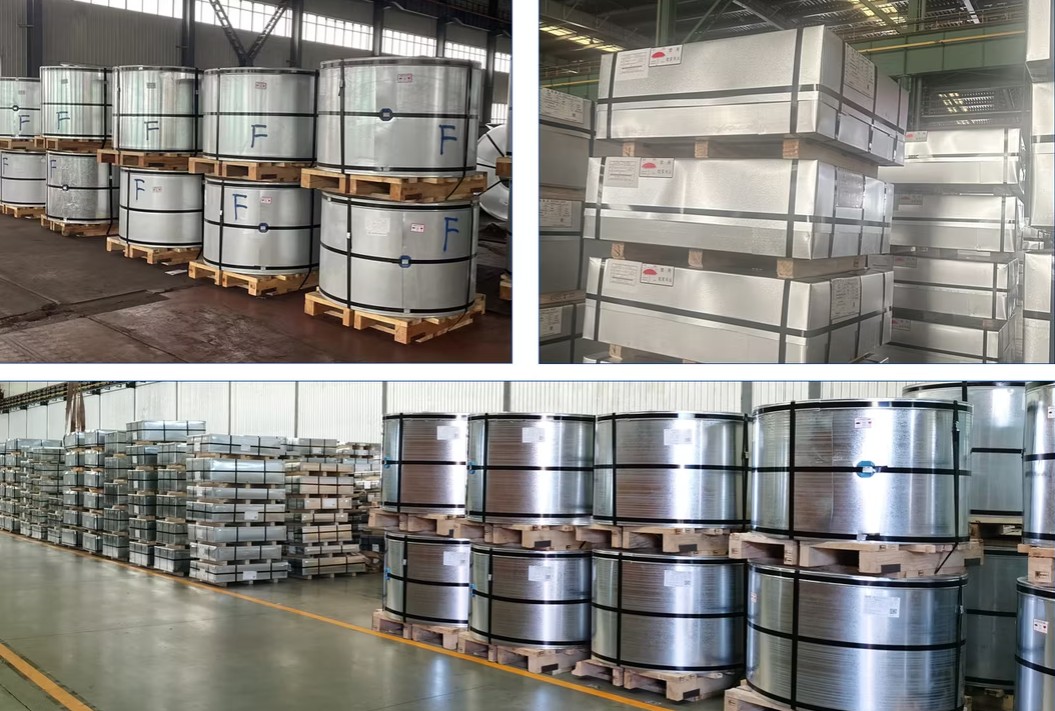
Shandong Leyi Yuan Metal Products Co., Ltd.
Choosing us means you are choosing better service and high quality products. We sincerely welcome customers at home and abroad to visit our company. We are willing to work with friends from all walks of life to achieve mutual benefit and win-win!
Get Your Free Quote Now!
Please give us a message
Shandong Leyi Yuan Metal Products Co., Ltd.
Phone:+8613370968388
WhatsApp:+8615306358036
WhatsApp:+8613969530344
Email:admin@leyiyuanmetals.com

